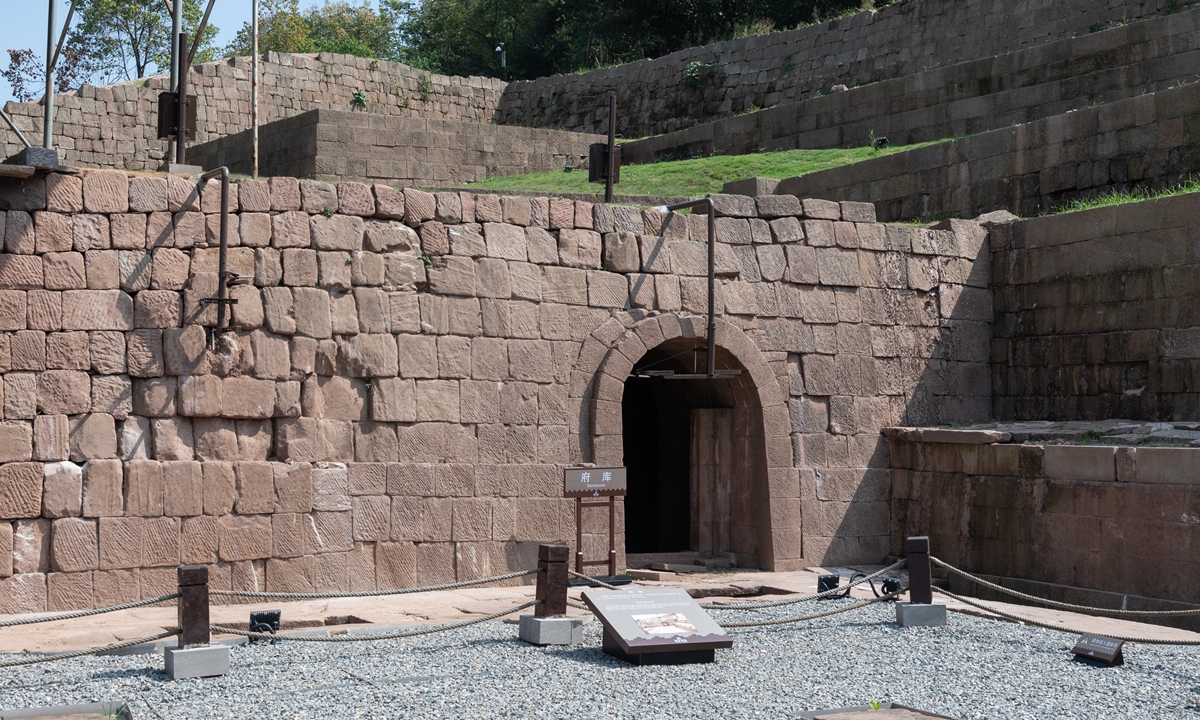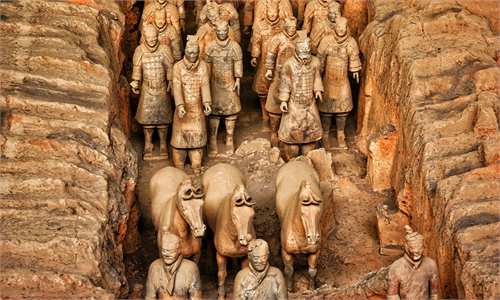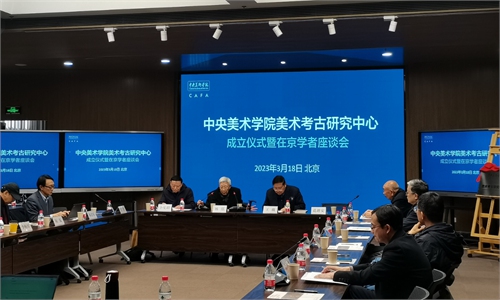ARTS / CULTURE & LEISURE
New discoveries reveal ancient defense system

Diaoyucheng Photo: VCG
A building cluster covering 914 square meters has been excavated at the Diaoyucheng Site in Southwest China's Chongqing Municipality, providing clues about the military defense system used during a notable historical battle between the Southern Song (1127-1279) and ancient Mongols, according to a new discovery by the Chongqing Cultural Relics and Archaeology Research Institute (CQA).
The building cluster was discovered near the Diaoyucheng Site, one of China's best-preserved ancient battlefields, including the Huguo Temple and Diaoyucheng Palace.
The remains of 33 structures such as a courtyard gate, stone walls, wells and high platforms have been cleared. Connected together, these scattered "architectural dots" reveal a "large and complete courtyard," said Yuan Dongshan, the vice president of CQA.
"Be it size or the level of masonry techniques, such a discovery had never been seen before," Yuan noted, adding that an even bigger building is likely linked to the location.
Archaeologist Lin Qin told the Global Times that the building cluster was a "major find" when it comes to the study of the military defenses of the Southern Song.
To fight off the armies of Mongke Khan, the Southern Song soldiers used the mountainous Diaoyucheng as a central point for a defensive system involving the dozens of cities in the area.
The design represents ancient Chinese wisdom of "making use of natural and geographical resources for military purposes," Lin said.
The defense system was guarded by mountains and rivers, and also had inner cities such as Baidi city in Fengjie and Tiansheng city in Wanzhou, which was used as a long-term residential area for soldiers.
Due to its historical and cultural value, the Diaoyucheng Site was included in the 14th Five-Year Plan for cultural relics conservation and science and technology innovation issued by China's General Office of the State Council in 2021.
"It marks the potential of the Diaoyucheng Site to become a UNESCO World Cultural Heritage Site depicting China's rich civilization," Lin said.
"Promoting the Diaoyucheng cultural heritage application can allow us to tell the world both an-cient and modern Chinese stories," said Fu Zhaonan, the director of the Chongqing Hechuan Di-aoyucheng Research Center.



